NBA Draft Busts

NBA Draft Busts
Rafael Araujo, Raptors
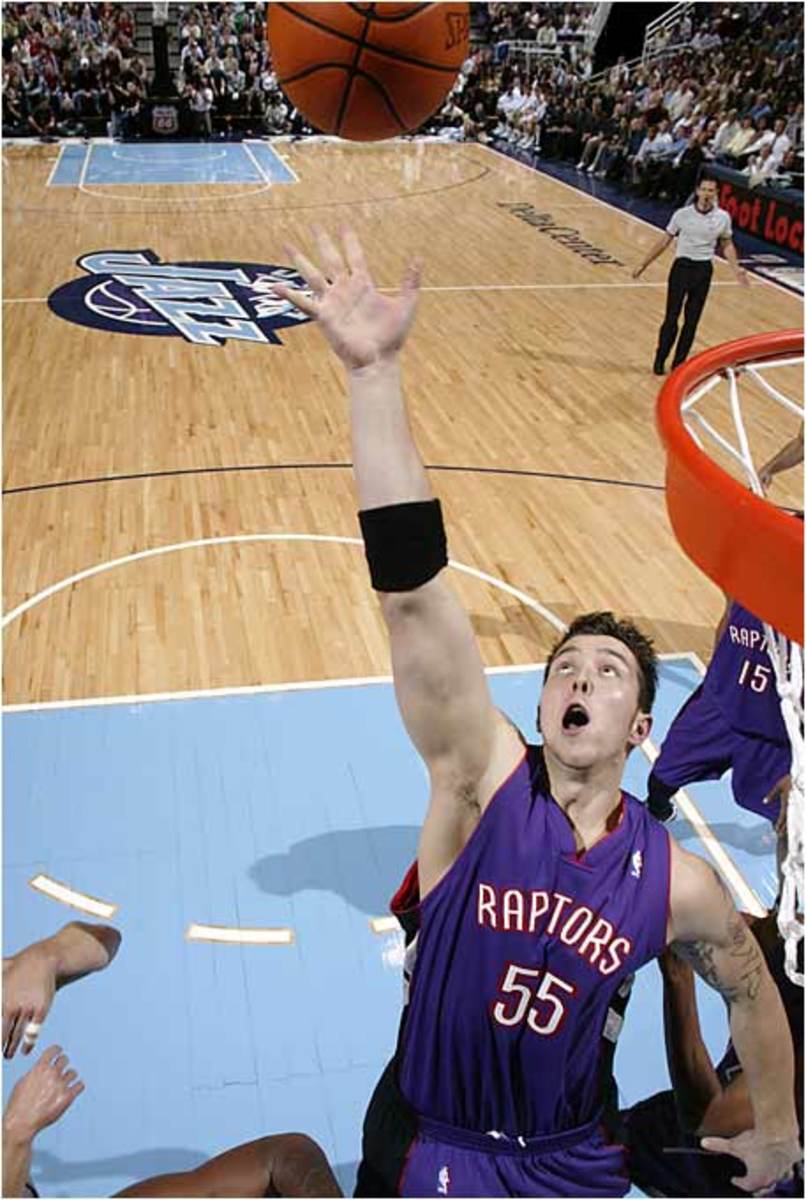
Gets the nod over Darko Milicic, mainly because Araujo is five years older than Darko, and probably won't get much better than a rookie season that saw him average three points and three rebounds a game. As was the case with Sam Bowie years earlier, Araujo's selection illustrates why you cannot draft for need, alone. He went about 10 spots higher than was expected, and about 25 spots higher than was deserved.
Ed O'Bannon, Nets
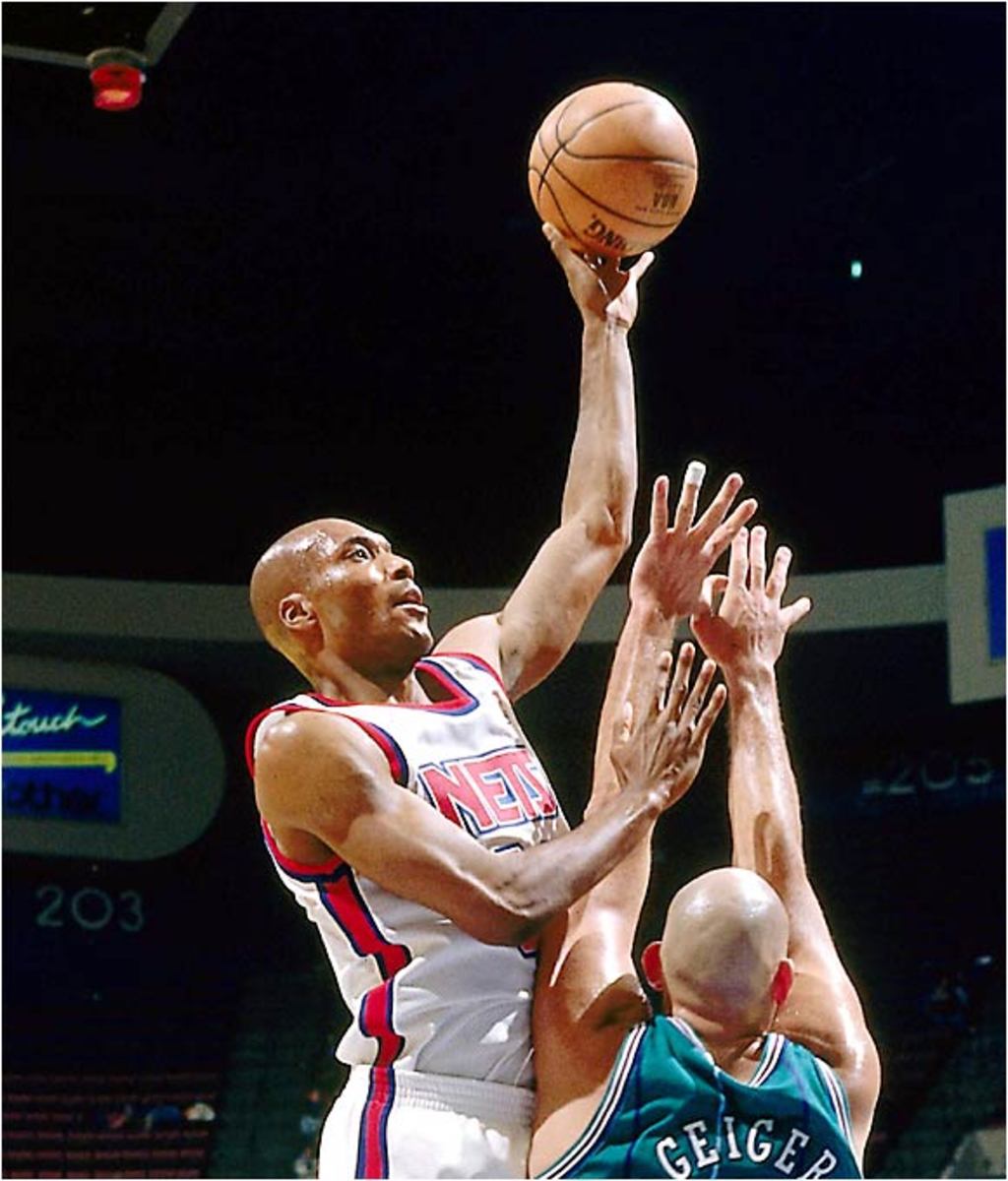
The go-to guy for a UCLA team that won the national championship in '95, O'Bannon led Frank Beard's New Jersey Nets right back into the lottery and played just two seasons in the NBA.
Todd Fuller, Warriors
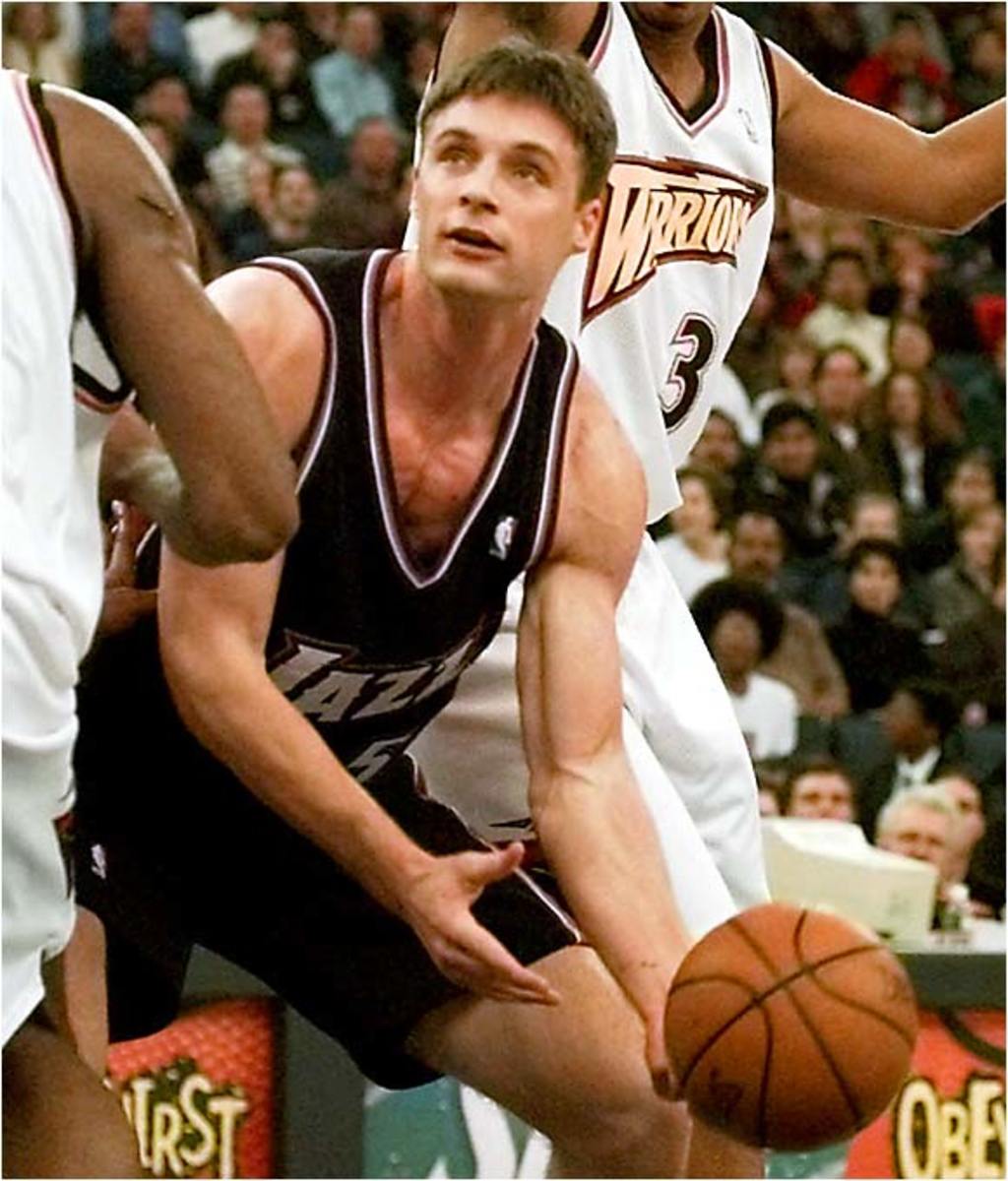
An Academic All-American who couldn't put two and two together on the court, Fuller was one in a series of disappointing Golden State picks. The last selection of the ill-fated Dave Twardzik Era, Fuller was taken ahead of Steve Nash, Kobe Bryant, Peja Stojakovic, Zydrunas Ilgauskas and Jermaine O'Neal. Ouch. Fuller averaged around four points and three rebounds in five NBA seasons.
Derrick Coleman, Nets
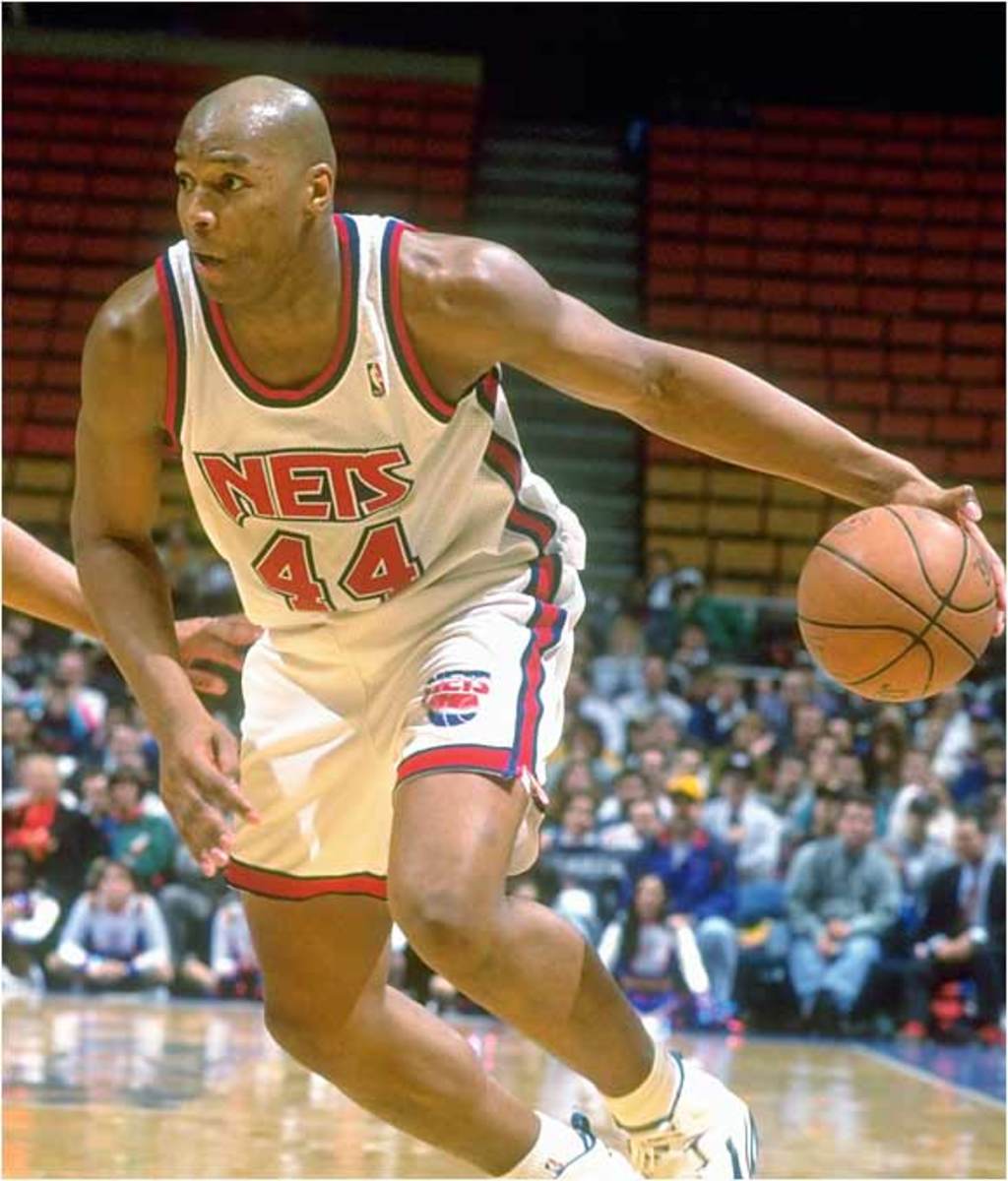
DC enjoyed a 15-year career, averaging a double-double five different times, while making the All-Star team in '94. That's nothing to sneeze at, unless you consider that he did all this while expending the least amount of effort possible, gliding by on an NBA-ready body and a superior touch. He also drove a series of coaches to the unemployment line and to multiple types of therapy. Coleman could have been the best power forward ever; instead he played just well enough to ensure his next paycheck.
Robert Traylor, Mavericks
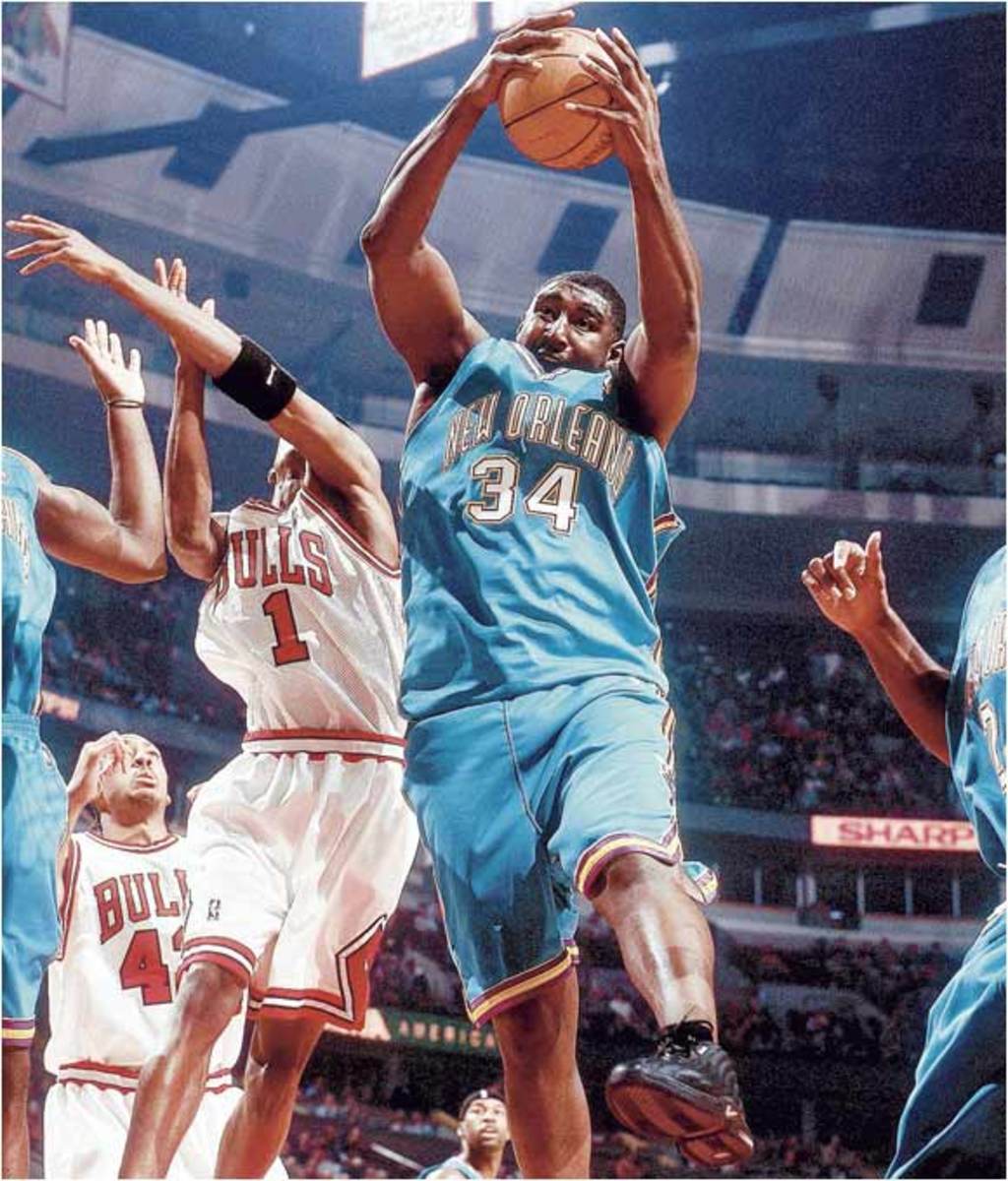
This has has to do with the series of role-players who were taken behind Traylor who would have done just as well with the Bucks, including a pair of All-Stars (Paul Pierce and Rashard Lewis). As with Shawn Bradley, who would look at Traylor's frame, and expects him to be anything more than a fringe player?
Nikoloz Tskitishvili, Nuggets/Dajuan Wagner, Cavs
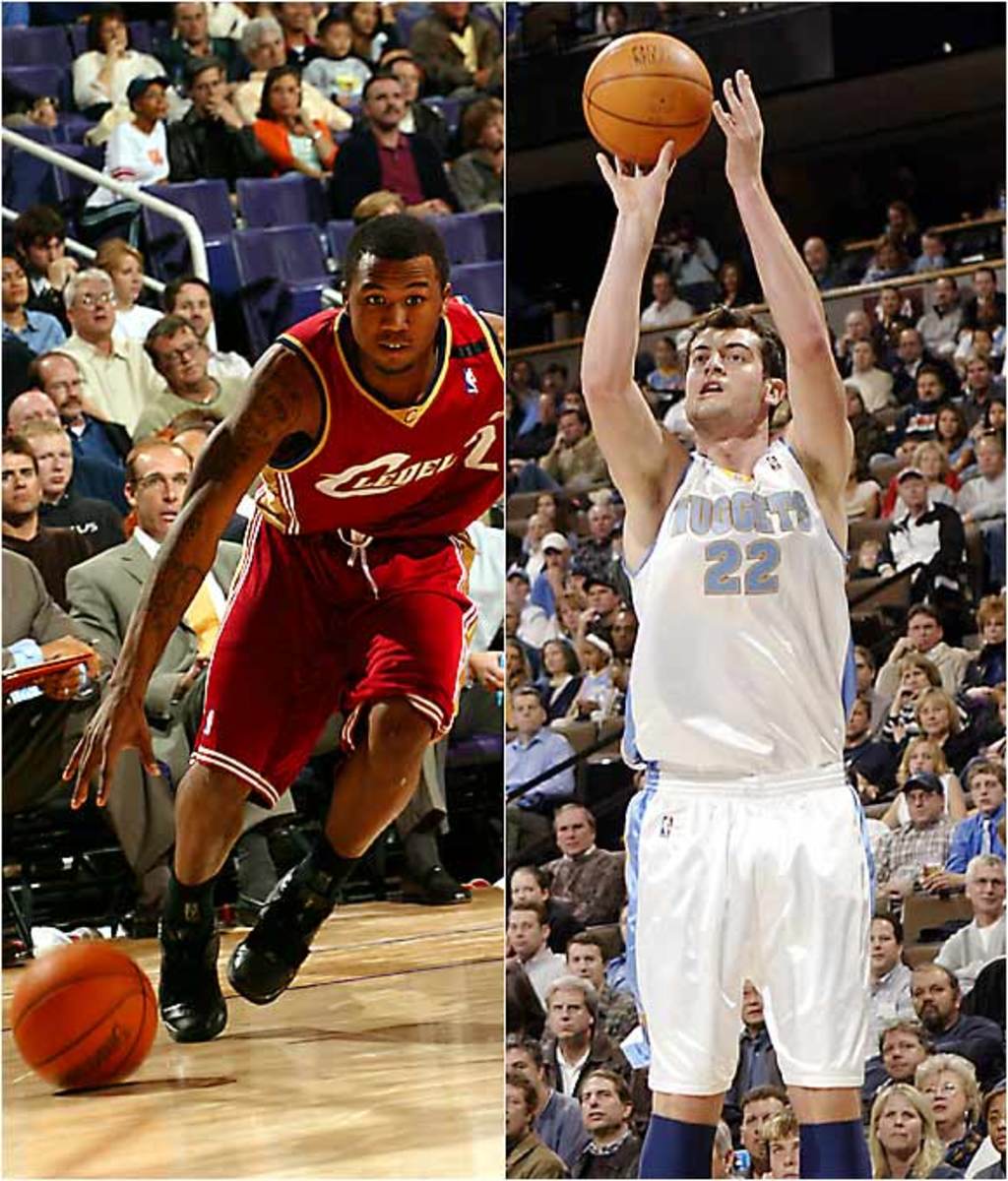
Seemingly they were complete opposites. Tskitishvili was supposed to be a do-it-all 7-footer, someone who could finish in transition and score in bunches from the outside. He was also a foreign product who few had seen play extensively; as even his European teams had kept him confined to the pine. Wagner had a Sports Illustrated write-up dedicated to him by the time he was 17 and had spent most of his youth dominating AAU tournaments and high school camps. Neither pedigree contributed to NBA success.
Jon Koncak, Hawks/Joe Kleine, Kings
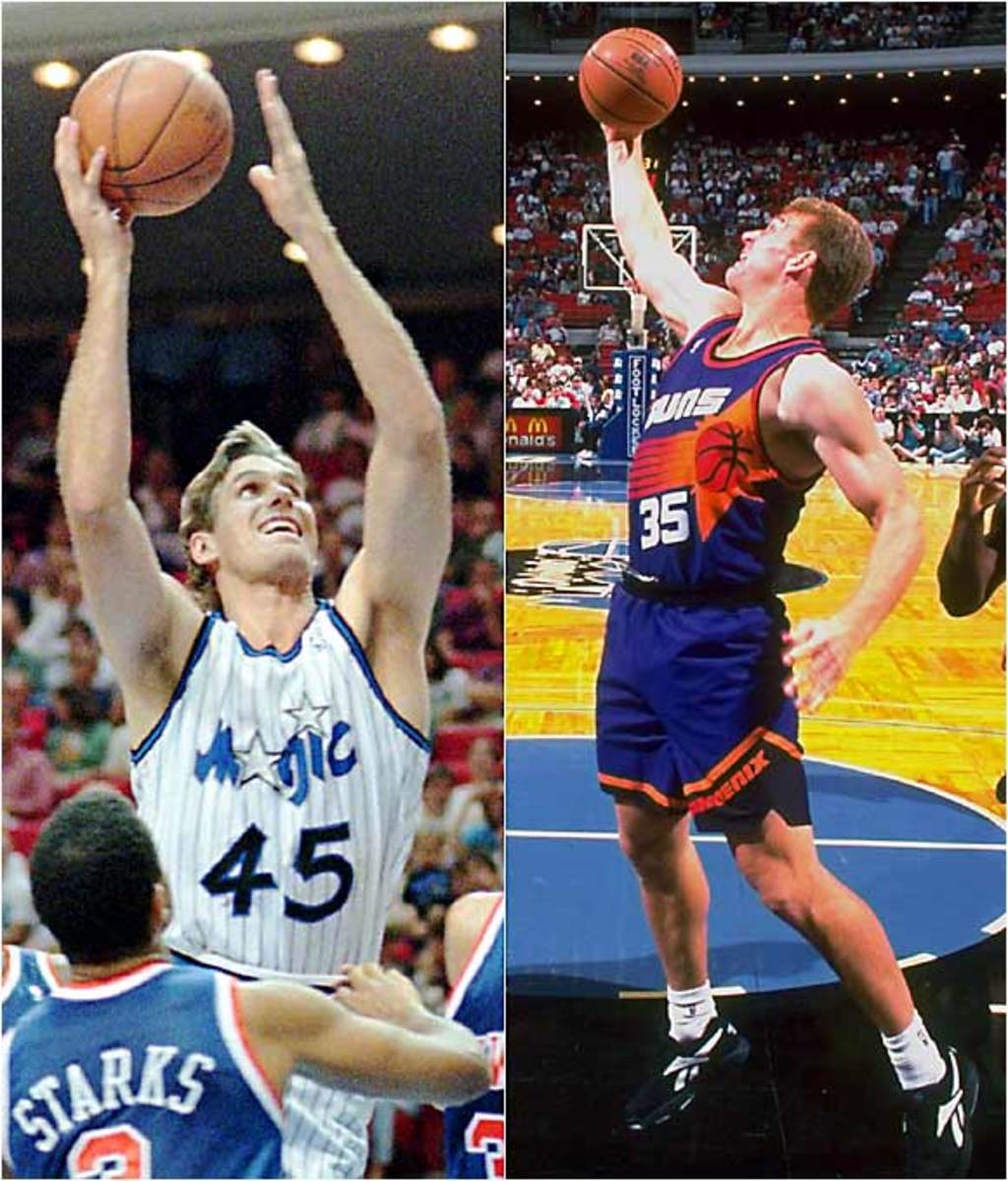
You'd figure with two centers expected to be drafted among the top six -- both sharing the same frame, complexion and southern drawl -- that at least one of them would cash in on his lottery potential. Alas, both Koncak and Kleine spent the bulk of their time in the NBA cashing in on their right to commit six fouls per game.
Billy Owens, Kings
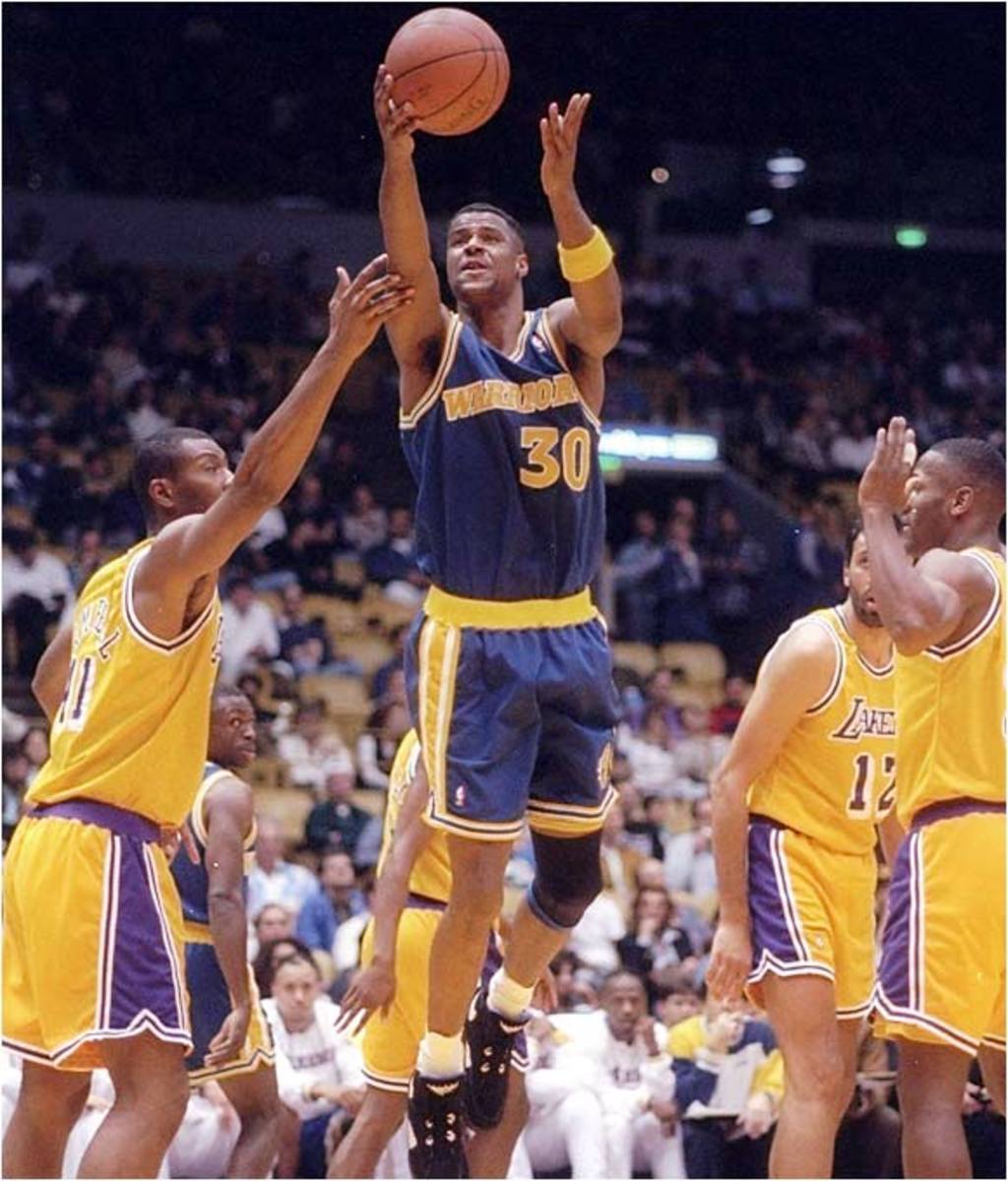
The Next Larry Bird? He was barely the Next Ken Norman. Owens was a jack of all trades, master of none, unless you count floating through practices and tipping the scales to be admirable qualities worth mastering. Drafted by the Kings, Owens became part of a Danny Ferry-esque deal between Sacramento and Golden State that saw the Warriors give up future Hall of Famer Mitch Richmond for Owens' rights.
Shawn Bradley, 76ers
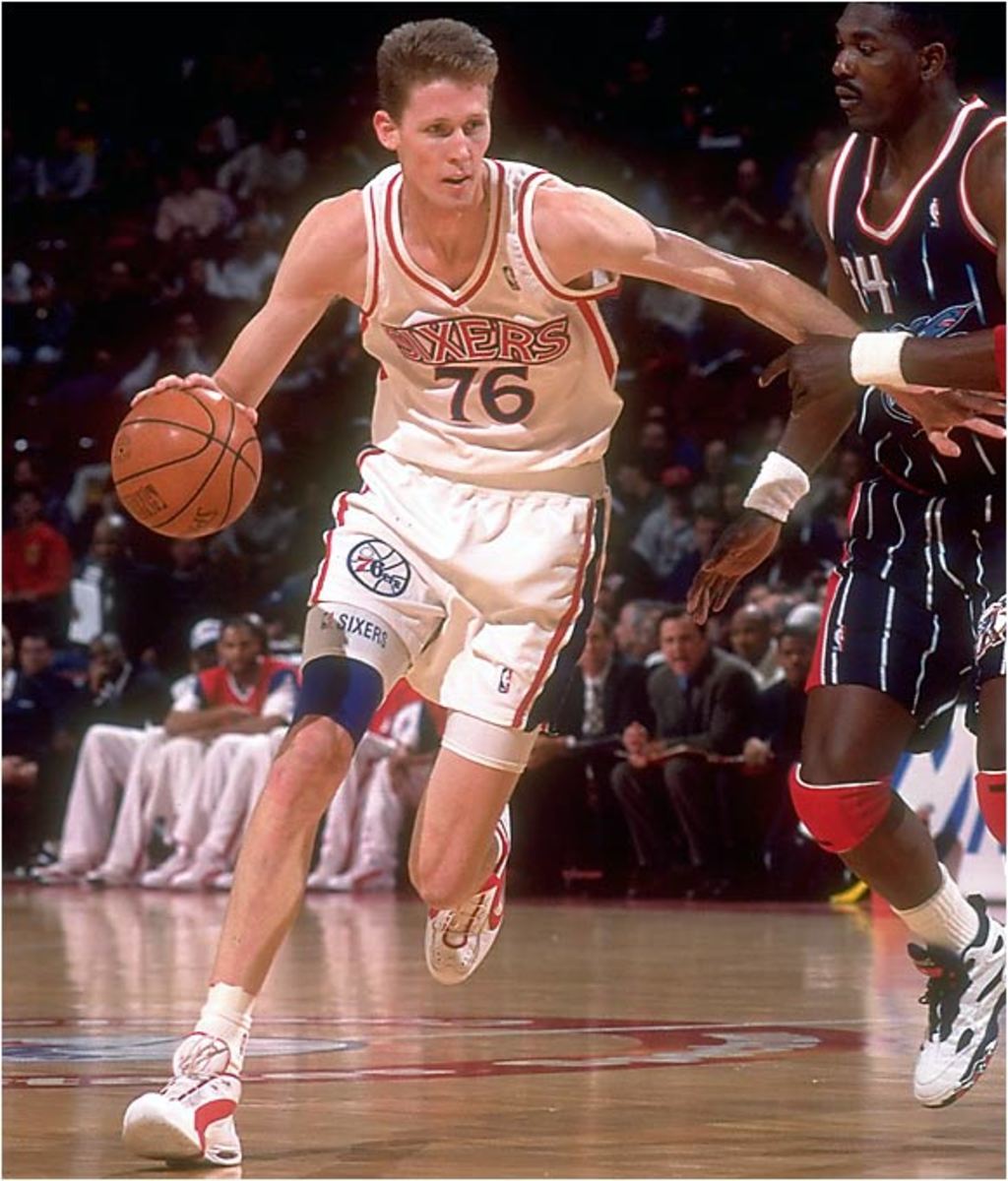
No player in NBA history has been picked on as much as the soon-to-retire Bradley. While he developed into a so-so big man in limited minutes, he had "B-U-S-T" written all over him from the time he declared himself eligible out of BYU. The 76ers weren't wrong to think they could mold a player of Bradley's considerable height into a dominant center, but how could anyone in their right mind think they could mold a player of Bradley's considerably off-putting frame into anything more than a bit player?
Jonathan Bender, Raptors
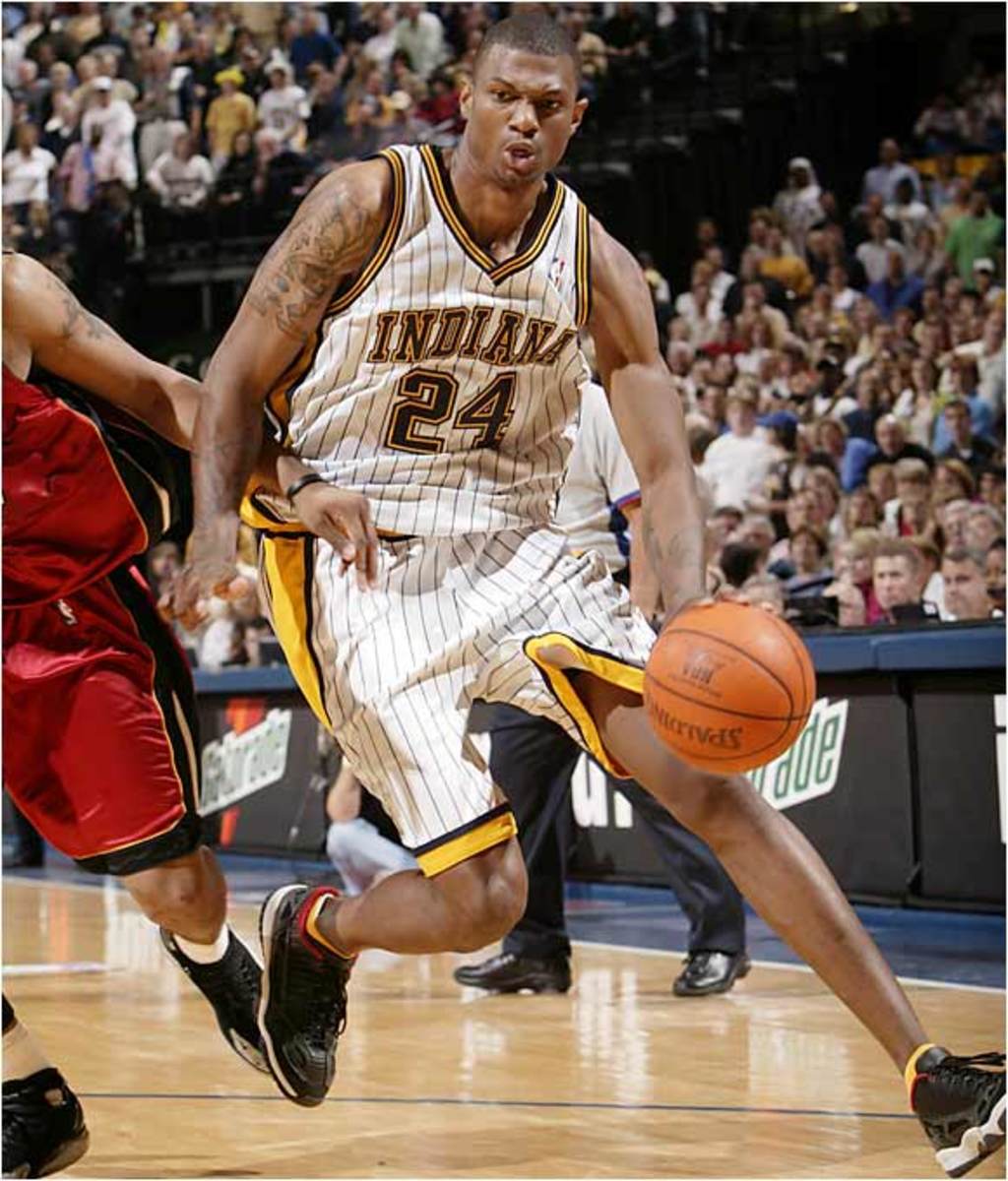
It seemed like the perfect move at the time. Trade a seemingly superfluous big man (Antonio Davis) for the chance to take a 7-foot Kevin Garnett look-a-like who had just set a McDonald's All-American Game record by scoring 31 points. Since then, Davis has flourished, including an appearance on the '01 All-Star team; Bender has struggled to secure a starting role. Even six years later, the Pacers would love to rescind the trade and take on Davis' inside presence and expiring contract.
Danny Ferry
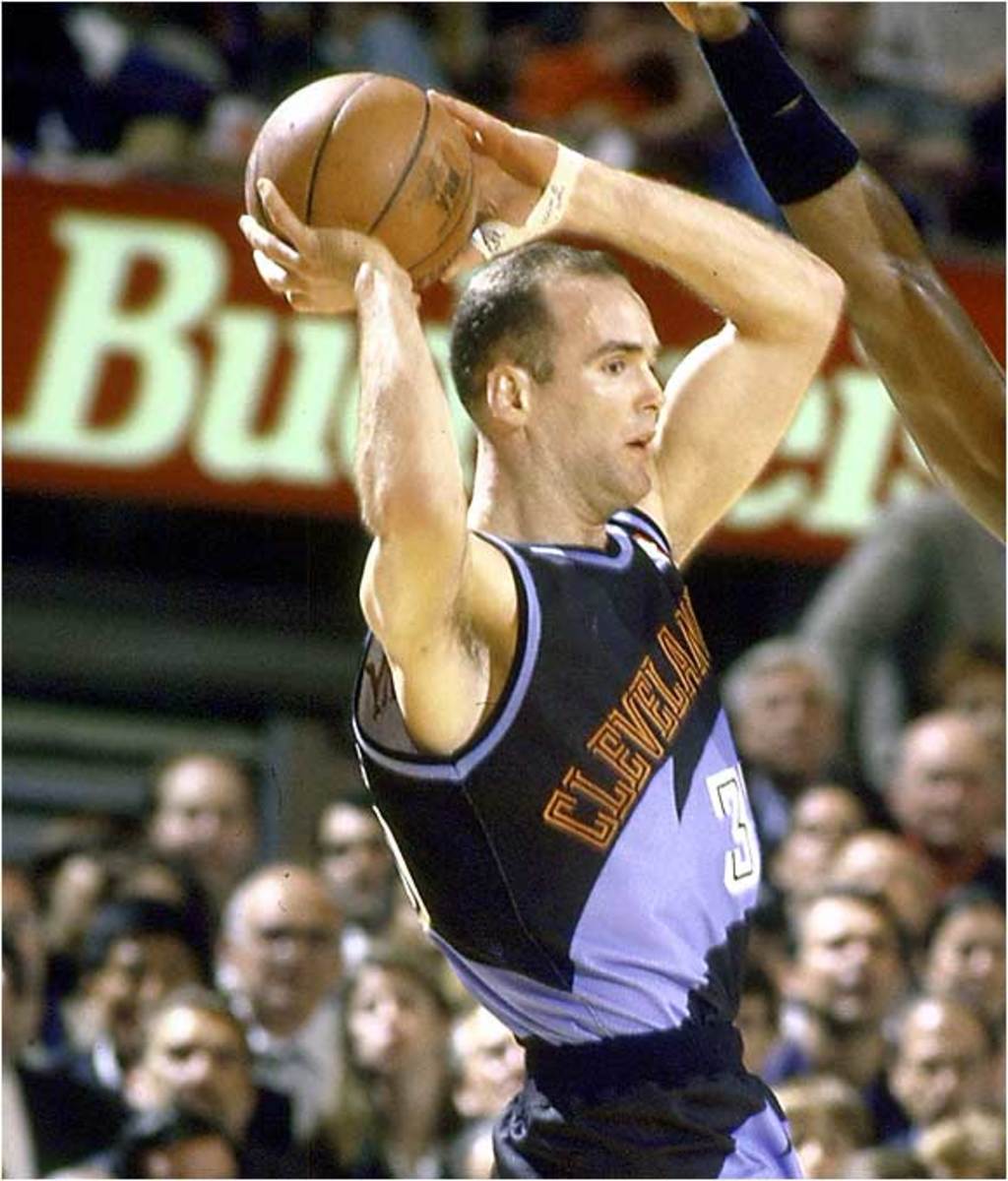
Ferry made it known that he'd rather play for the CBA's Quad City Thunder instead of a sinking Clippers ship, and made good on his threat by spending a season in Italy before the Clippers agreed to trade his rights. Venerated Cleveland GM Wayne Embry made one of the worst moves of his career by sending scoring machine Ron Harper to L.A. for Ferry, who spent 10 nondescript seasons in Ohio.
Kwame Brown, Wizards
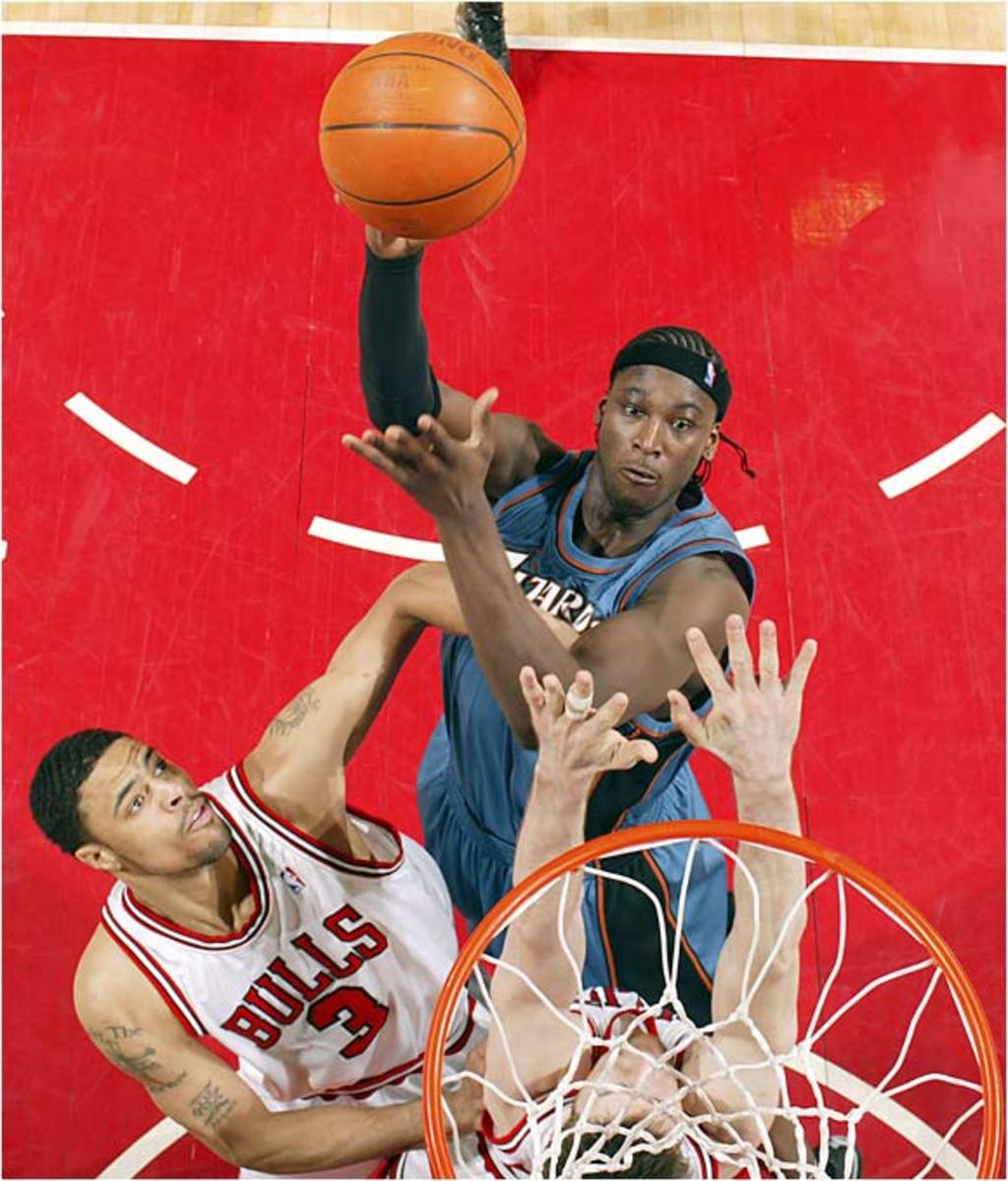
Brown's pathetic run with in Washington ended this year after he begged off a playoff practice with a phantom stomach ailment, only to be seen later that night at a local Chinese eatery. It was the latest in a series of missteps for Brown, whose small hands and questionable maturity denied him a chance to follow through on the promise his potential once suggested.
Steve Stipanovich, Pacers
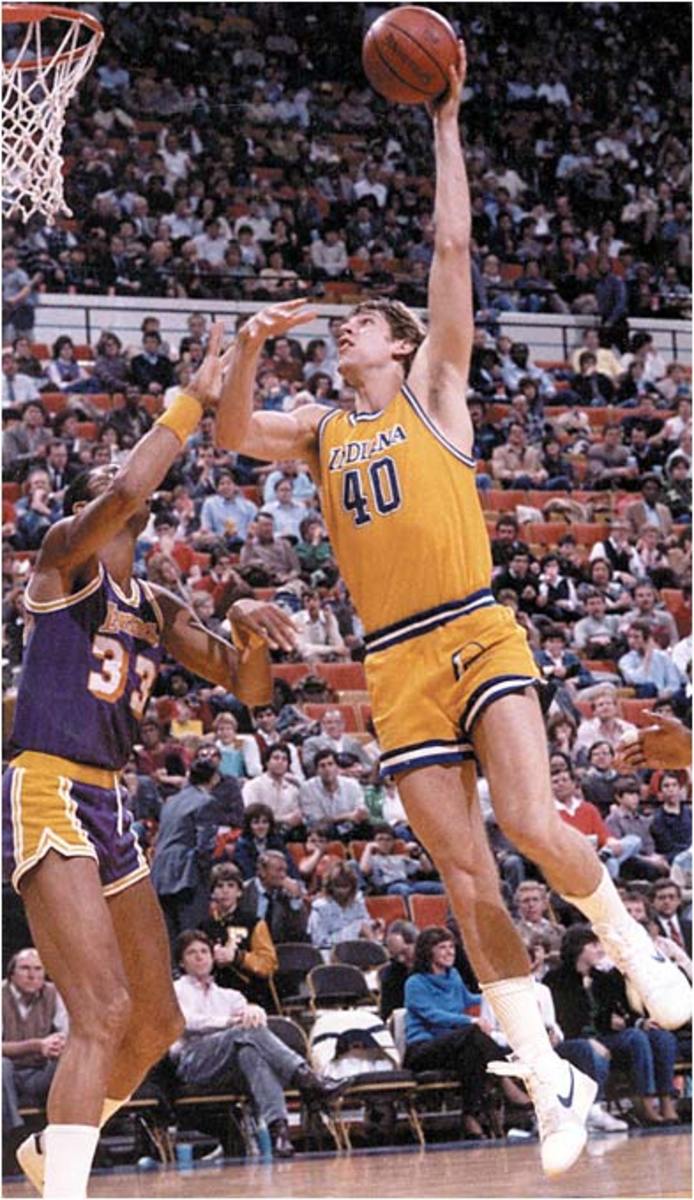
After a stellar career at Missouri that saw him grow an unfortunate mustache and -- no joke -- shoot himself in his right foot, Stipanovich was chosen by the Pacers as their interior cornerstone. Sort of a working man's version of Ralph Sampson, who was taken just one spot ahead. Stipanovich lasted just five seasons in the NBA before a degenerative knee condition ended his career. He now -- again, no joke -- owns a coal mine in Missouri.
Bo Kimble, Clippers
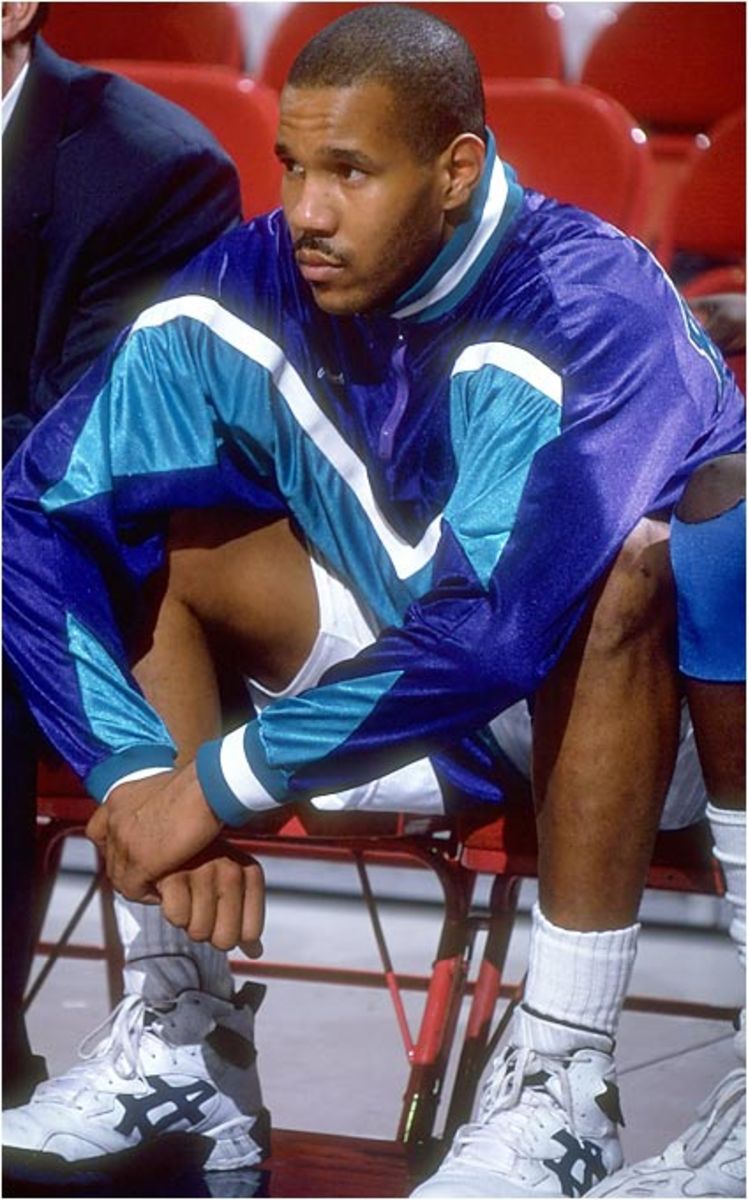
Just one of several bum picks by that noted "veteran of the lottery process," Clippers GM Elgin Baylor. Kimble's unremarkable career (105 games in three seasons) was just as onerous as the selections that preceded or followed, including Lancaster Gordon, Benoit Benjamin, Reggie Williams, Charles Smith, LeRon Ellis, Randy Woods, Terry Dehere, Lamond Murray, Darius Miles, Melvin Ely, and Chris Kaman.
First Round -- 2000
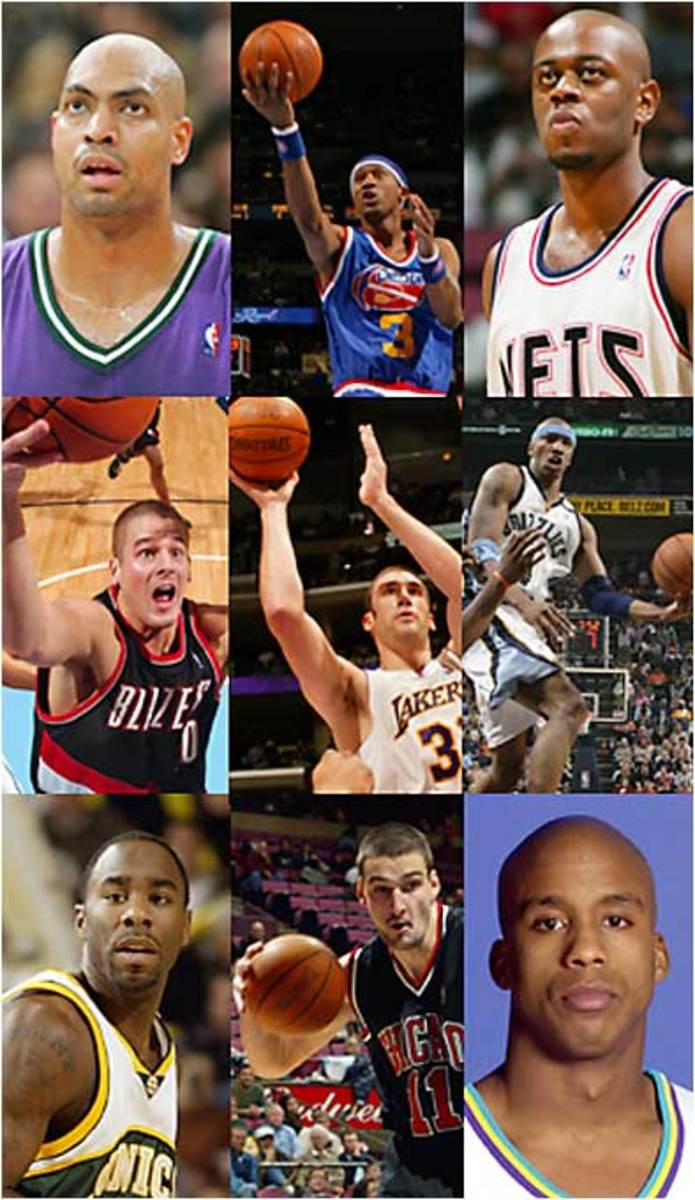
Most of the GMs in '00 got their picks right; this was just a horrible group of players. As it stands, the second round boasted as many All-Stars (Michael Redd) as the first round (Kenyon Martin), a mark that is sure to stand, unless you think Marcus Fizer is just hitting his prime.
Dennis Hopson, Nets

The first in a spate of "Next Jordans" that managed to flame out before producing a fraction of what MJ accomplished. The Nets would have settled for Hopson just filling the rim on occasion and justifying his lofty selection, but he lasted just three seasons in the New Jersey swamps before joining Jordan in Chicago in '91. Jordan summarily dismissed Hopson upon first sight, essentially ending his career. Only one pure shooting guard (Jerry Stackhouse, '95) has been drafted as high since.
Joe Smith, Warriors
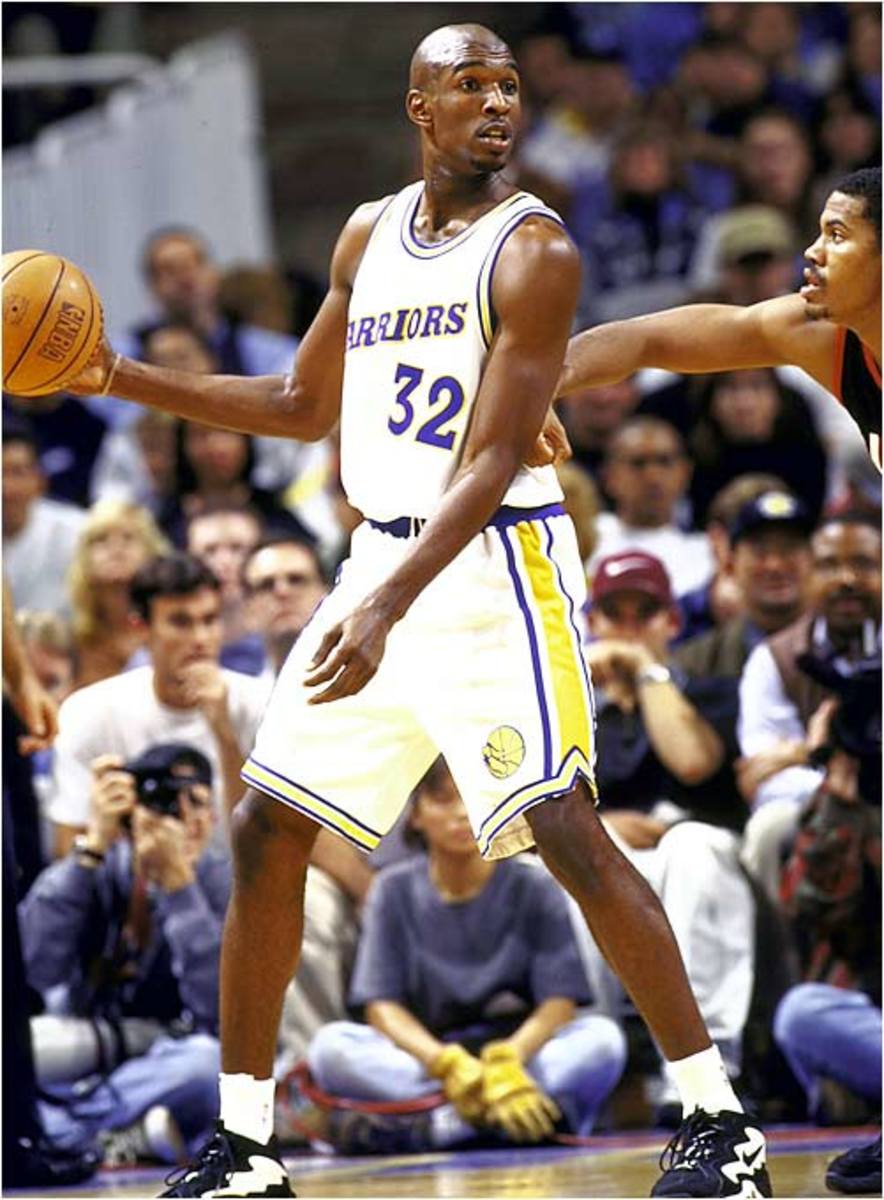
Average in name and game, Smith has parlayed his status as a top overall pick into a serviceable career for five different teams, but later selections Antonio McDyess, Jerry Stackhouse, Rasheed Wallace and (especially) Kevin Garnett all have had better careers. Smith's selection changed the way NBA teams look at lottery picks -- do you take the fully-formed All-American from the ACC or the rail-thin project out of high school? Unfortunately for the Warriors, in '95, orthodoxy was out the window.
Michael Olowokandi, Clippers
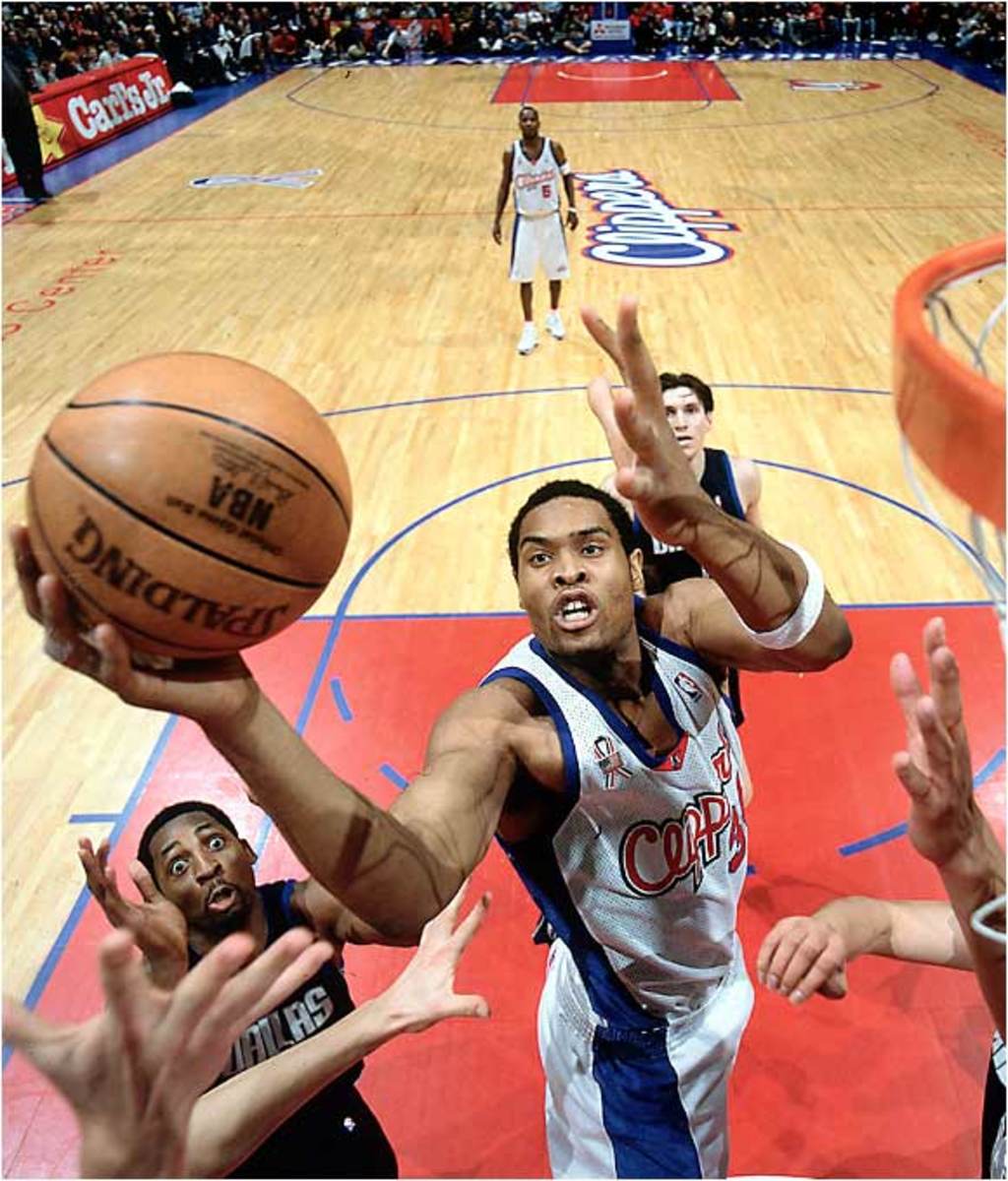
Bust-worthy on so many levels. The Kandi Man was taken before four future All-Stars and a host of more suitable selections. Even the final pick of the first round in '98, Nazr Mohammed, has had a much more distinguished career in the pivot.
Chris Washburn, Warriors
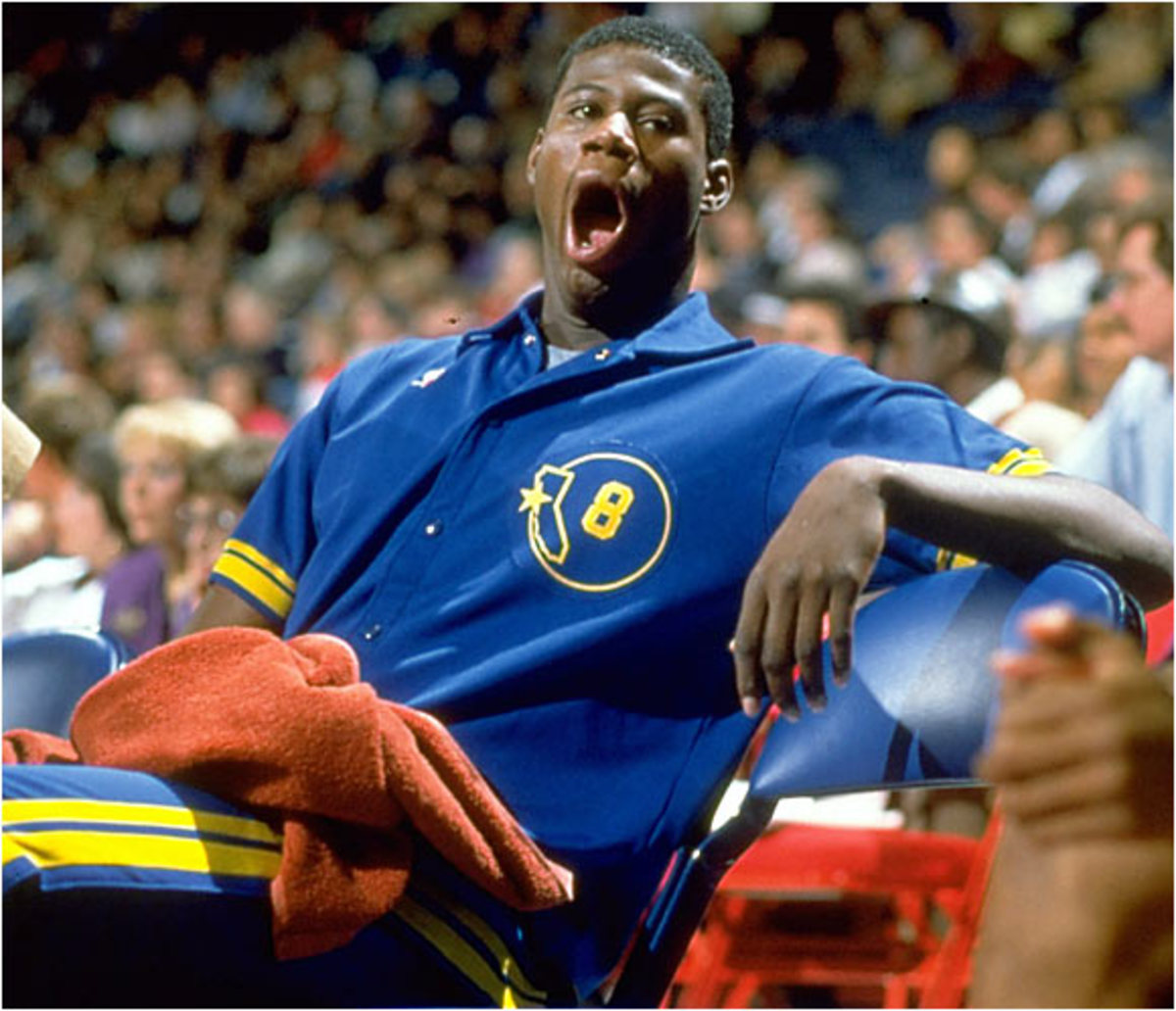
Of the dozens of busts in the '86 Draft, most either fell victim to obesity (John "Hot Plate" Williams) or drug problems (William Bedford, Roy Tarpley). Somehow, Chris Washburn combined the two in one glorious, spiraling descent out of the lottery and into oblivion. The N.C. State product scored a grand total of 222 points in 72 career games.
Sam Bowie, Trail Blazers
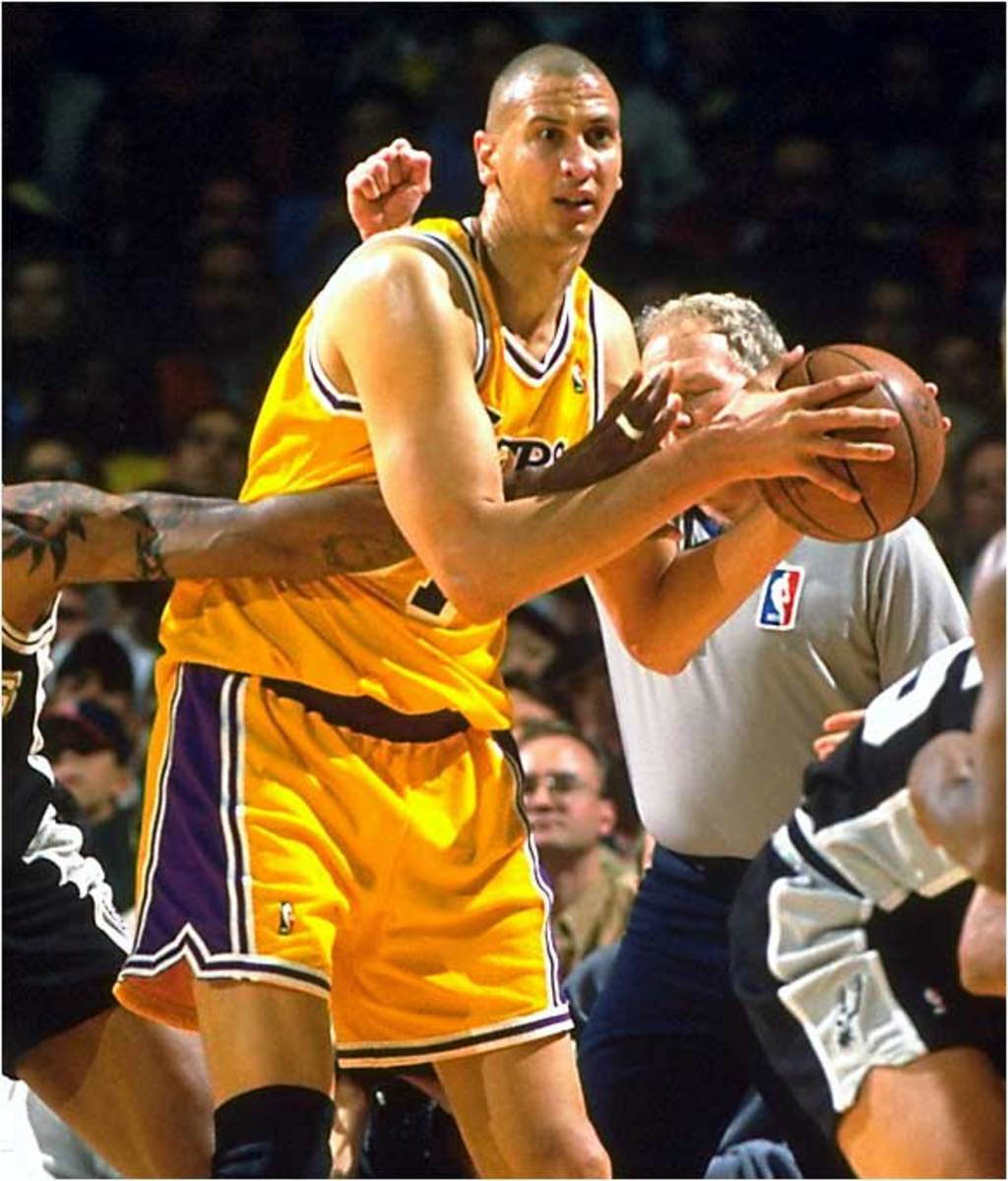
The LaRue Martin for the NBA's Golden Age. Bowie's selection underscores the cardinal rule behind NBA Draftology: you cannot draft for need. The Trail Blazers, flush with Jim Paxson and Clyde Drexler on the wings, needed a center and passed on drafting Michael Jordan, Charles Barkley and John Stockton. Available pivot men Sam Perkins, Mel Turpin, Kevin Willis and Michael Cage would even have been better selections then the oft-injured Bowie.
